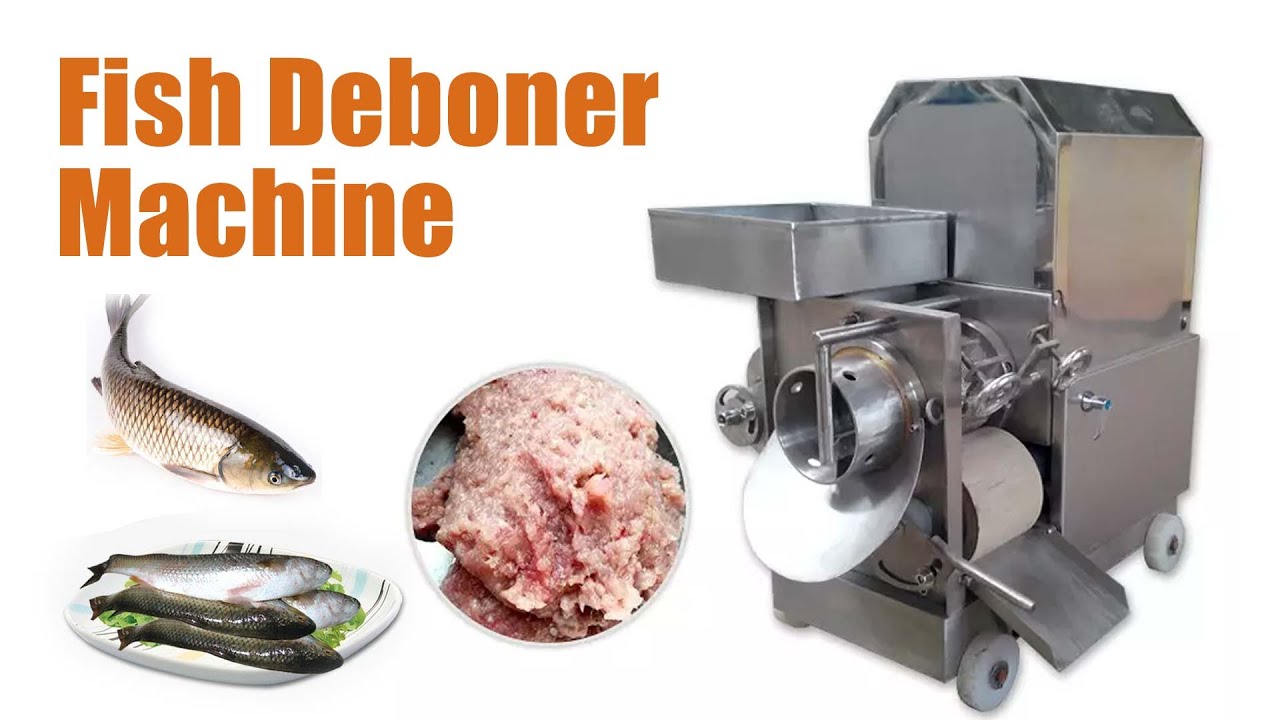10 years of experience as a food machinery equipment manufacturer
10 years of experience as a food machinery equipment manufacturer
South African Fish Meat Separators: An Overview

Fish meat separators are specialized machines designed to efficiently separate fish meat from bones, skin, and other unwanted parts. These machines play a crucial role in the seafood processing industry, enabling processors to maximize yield and produce high-quality fish products. In South Africa, where the fishing industry is a significant contributor to the economy, fish meat separators are essential tools for various applications.
The core function of a fish meat separator is to separate the valuable meat from the less desirable components of the fish carcass. This is typically achieved through a mechanical process that involves pressing the fish material against a perforated drum or belt. The soft, pliable meat passes through the perforations, while the bones, skin, and scales are retained on the outside. This separation process results in a higher yield of usable fish meat compared to manual filleting methods.
Fish meat separators find diverse applications within the South African seafood industry. They are utilized in processing various fish species, including hake, snoek, and other commercially important species. The separated fish meat can be used in a wide range of products, such as fish cakes, fish fingers, processed fish fillets, and pet food.
Choosing the right fish meat separator requires careful consideration of several factors, including the type of fish being processed, the desired production volume, and the specific product requirements. Some key considerations include:
The adoption of fish meat separators offers several benefits to seafood processors in South Africa and globally. These benefits include:
The technology behind fish meat separators continues to evolve, with ongoing research and development focused on improving efficiency, yield, and product quality. Innovations in sensor technology, automation, and machine design are driving the development of more advanced separators that can handle a wider range of fish species and processing requirements.
In conclusion, fish meat separators are indispensable tools for the South African seafood industry, enabling processors to maximize yield, improve product quality, and reduce costs. As the demand for seafood continues to grow, these machines will play an increasingly important role in ensuring the sustainable and efficient utilization of fish resources.
